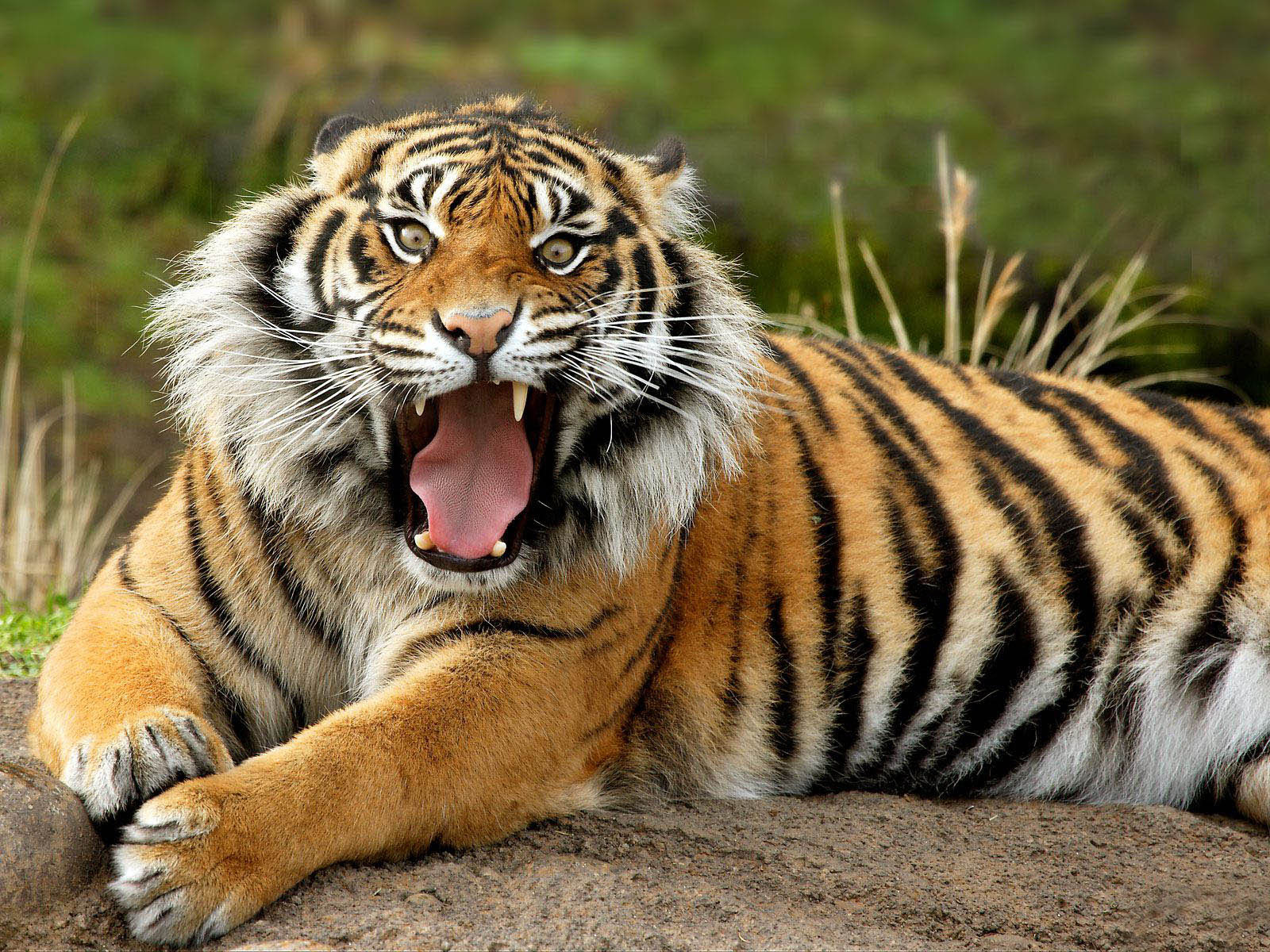Exploring The Enigmatic World Of Wild Animals
Wild animals have always captivated the human imagination, stirring a sense of wonder and intrigue. These creatures roam the earth, showcasing the beauty and diversity of life beyond human civilization. From the majestic elephant to the stealthy leopard, wild animals play a crucial role in the ecosystems they inhabit. They are not merely subjects of documentaries or zoos; they are vital components of our planet's health and balance.
Their behaviors, habitats, and interactions are complex, reflecting the intricate web of life. Wild animals also serve as a mirror, reflecting the impact of human actions on nature. As we delve deeper into the world of wild animals, we discover the joys of observing these magnificent beings in their natural habitats, as well as the pressing need to protect them from the dangers they face.
In this article, we will explore various aspects of wild animals, including their habitats, behaviors, and the conservation efforts aimed at protecting them. We will also address some common questions about wild animals, providing insights into their fascinating lives. Join us on this journey to learn more about the wild creatures that share our planet.
What Types of Wild Animals Exist in Our World?
Wild animals can be categorized into various groups based on their characteristics and habitats. Here are some major categories:
- Mammals: These are warm-blooded animals with fur or hair, such as lions, tigers, and bears.
- Birds: Feathered creatures that can often fly, like eagles, parrots, and penguins.
- Reptiles: Cold-blooded animals like snakes, lizards, and turtles.
- Amphibians: Animals like frogs and salamanders that live both in water and on land.
- Fish: Aquatic animals that breathe through gills, such as sharks and salmon.
Why Are Wild Animals Important to Ecosystems?
Wild animals play a vital role in maintaining the balance of ecosystems. They contribute to various ecological processes, including:
- Pollination: Many wild animals, such as bees and butterflies, help pollinate plants, which is essential for food production.
- Seed Dispersal: Animals like birds and monkeys help spread seeds, promoting plant diversity.
- Predator-Prey Dynamics: Wild animals regulate populations of other species, preventing overpopulation and ensuring biodiversity.
- Nutrient Cycling: Decomposers, such as scavengers, break down dead organic matter, enriching the soil and supporting plant growth.
What Threats Do Wild Animals Face?
Despite their importance, wild animals face numerous threats that jeopardize their survival:
- Habitat Loss: Deforestation, urbanization, and agriculture lead to the destruction of natural habitats.
- Poaching: Illegal hunting for meat, fur, and body parts threatens many species.
- Climate Change: Altered weather patterns affect food availability and migration routes.
- Pollution: Contaminants in water and soil harm wildlife and disrupt ecosystems.
How Can We Help Protect Wild Animals?
Individuals can make a difference in the fight to protect wild animals:
- Support Conservation Organizations: Donate or volunteer for groups dedicated to wildlife preservation.
- Educate Others: Raise awareness about the importance of wild animals and conservation efforts.
- Adopt Sustainable Practices: Reduce waste, recycle, and choose eco-friendly products to minimize environmental impact.
- Report Illegal Activities: Help authorities by reporting poaching and habitat destruction.
What Are Some Fascinating Facts About Wild Animals?
Wild animals possess unique traits and behaviors that make them intriguing to study:
- Elephants: They can communicate using infrasound, a frequency below the limit of human hearing.
- Cheetahs: The fastest land animal can reach speeds of up to 75 miles per hour in short bursts.
- Dolphins: Known for their intelligence, they can recognize themselves in mirrors.
- Octopuses: These creatures have three hearts and blue blood, adapting them to life in the ocean.
What Role Do Wild Animals Play in Human Culture?
Throughout history, wild animals have influenced human culture in various ways:
- Symbolism: Many cultures use animals as symbols in mythology and art, representing bravery, strength, or wisdom.
- Folklore: Stories featuring animals impart moral lessons and reflect human experiences.
- Ecotourism: Wildlife tourism promotes conservation efforts and supports local economies.
Conclusion: Appreciating and Protecting Wild Animals
Wild animals are an integral part of our planet's biodiversity and ecological balance. They inspire awe and curiosity, reminding us of the wild beauty that exists beyond our urban landscapes. As we learn more about these creatures, we must also take action to protect their habitats and ensure their survival for future generations. Every effort counts, and by working together, we can create a world where wild animals thrive alongside humanity.
Kris Tyson: The Rising Star Of Social Media And Entertainment
Brittney Moreland: The Rising Star Of Contemporary Art
Unveiling The Stars: The Most Compatible Signs For Capricorn

Download Free Wallpapers Wild Animals Wallpapers
Wild Animals Wallpaper HD